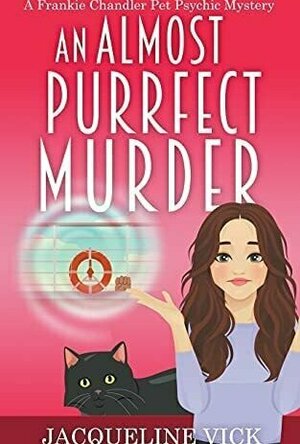
Broken Sword 5
Games and Entertainment
App
Episode 1 - Paris in the spring Shots ring out from a gallery… a robbery… a murder… and the...
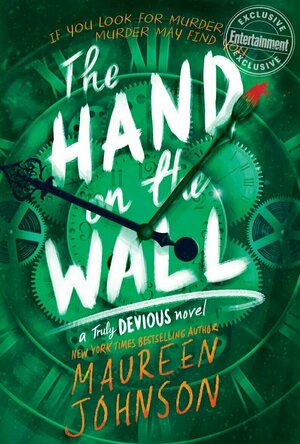
The Hand on the Wall (Truly Devious #3)
Book
New York Times bestselling author Maureen Johnson delivers the witty and pulse-pounding conclusion...
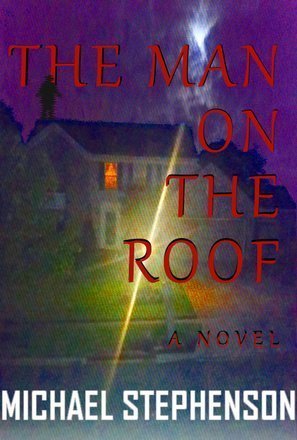
The Man on the Roof
Book
Someone has been creeping in the dark while the others sleep, and they've done terrible, terrible...
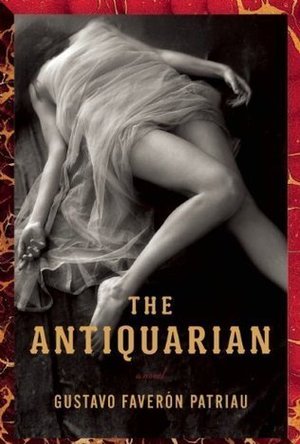
The Antiquarian
Book
A Los Angeles Times Best of Summer pick An Amazon Best Book of the Month (Mystery, Thriller &...
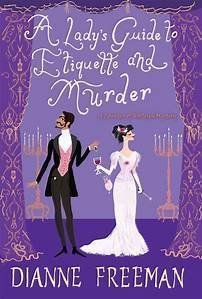
A Lady’s Guide to Etiquette and Murder
Book
In this exciting historical mystery debut set in Victorian England, a wealthy young widow encounters...
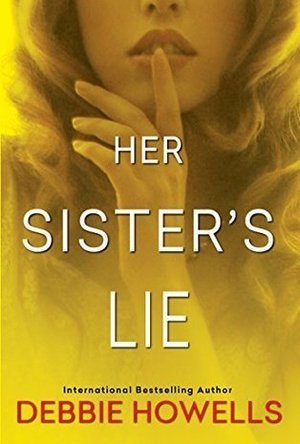
Her Sister's Lie
Book
In this riveting psychological thriller, the international bestselling author of The Bones of You...
mystery thriller
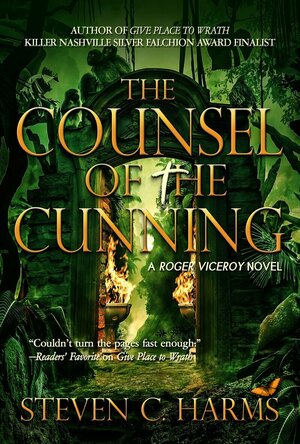
The Counsel of the Cunning (Roger Viceroy #2)
Book
Author of Give Place to Wrath—Killer Nashville Silver Falchion Award Finalist & American Book Fest...
Mystery
Mark @ Carstairs Considers (2450 KP) rated An Almost Purrfect Murder in Books
Jul 30, 2022
In a moment of serendipity, I read this book on an Alaskan cruise I took recently. It was fun and strange to read about Frankie in places I was visiting, just in a different order. Yes, this is one of the few paranormal cozy series I read since Frankie can communicate with animals, but it’s a minor part of the story. The plot was uneven with the wedding and romantic subplots taking up pages as well. Since the book is the third in the series, I was definitely invested in those stories, but a little more time on the mystery would have been nice. Still, I was impressed with how all the clues came together in the end. Most of the characters were new, and I enjoyed getting to know them, suspects and family members alike. I laughed multiple times as I was reading at the antics of the two and four legged characters. Overall, this is a fun book that fans of the series will enjoy.
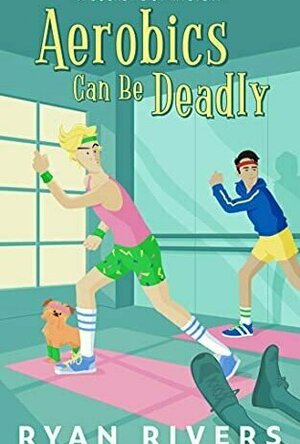
Aerobics Can Be Deadly
Book
When this odd couple signs up to be extras in a fitness video, it's lights, camera... murder. Sho...
Mark @ Carstairs Considers (2450 KP) rated Muddled Through in Books
Jun 30, 2022 (Updated Jun 30, 2022)
I’ve been anxiously waiting for this book since the last one came out. Yes, we do get to the storylines left open from the previous book, and I was actually impressed with the growth in Julia that came out of them. Of course, the book left me wondering where we were going to go next, but that’s a good thing. Yes, if you are new to the series, you could jump in here, but you’ll appreciate the growth better if you’ve read the earlier books. This is such a great series you’ll be glad you did. As always, Julia leads a great cast of new and returning characters, and I loved spending time with them. The mystery for this book is strong, and I was once again amazed at how everything was plotted when I reached the end. Fans will be happy with this book. If that isn’t you, fix that today.
